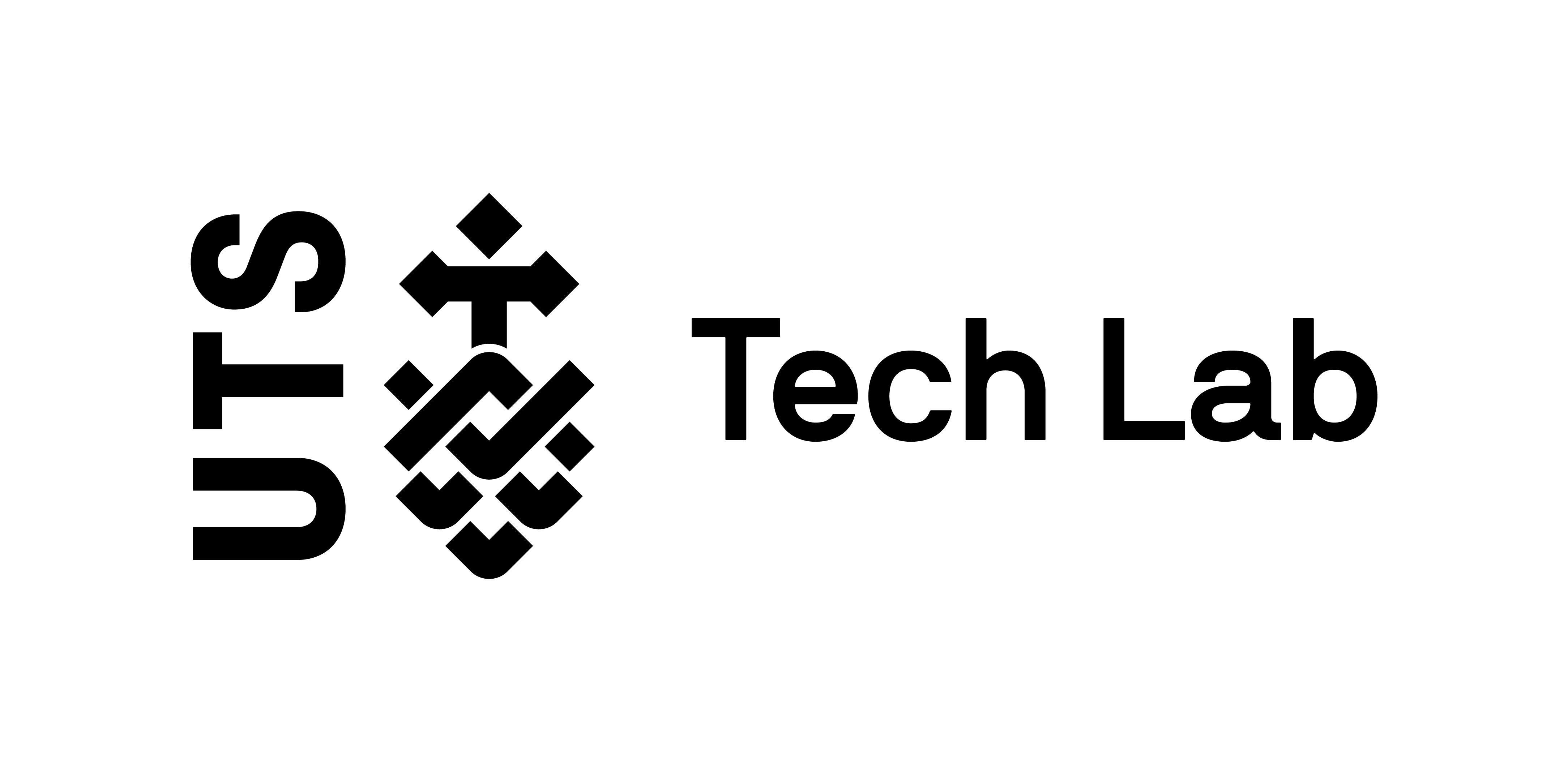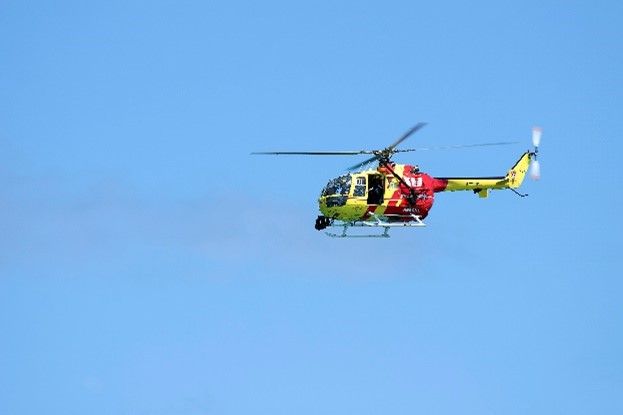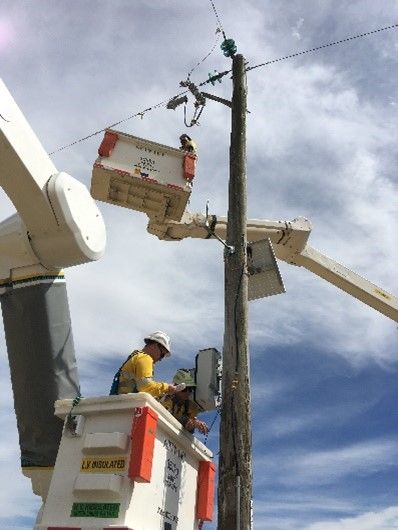Check Out Some of the Amazing Things Happening at the UTS Tech Lab

Offering industry partners access to experts, labs and specialist equipment, funding opportunities, student talent and collaborative work space in the expanding Tech Lab precinct in Botany, Sydney, SME@UTS supports an innovative ecosystem that connects SMEs with start-ups, large multinational organisations, academics and professional engineering teams.
A special, limited number tour offer for CeMAT visitors is available now. To register,'go to:'Register your interest - CeMAT AUSTRALIA
In the meantime, here are a few examples of the pioneering work already being undertaken at UTS Tech Lab.
HyperQ: Virtual swashplate technology for faster helicopters
 Most current helicopters use swashplate technology from the 1950s, which constrains the blades to a limited set of motions, and as a result limits the top speed of helicopters. In this research project HyperQ proposed updating swashplate design to allow more freedom of movement, enlisting UTS Tech Lab to assess the feasibility and potential of their designs.
Most current helicopters use swashplate technology from the 1950s, which constrains the blades to a limited set of motions, and as a result limits the top speed of helicopters. In this research project HyperQ proposed updating swashplate design to allow more freedom of movement, enlisting UTS Tech Lab to assess the feasibility and potential of their designs.
The UTS Tech Lab team investigated new blade motions in simulations that could potentially allow for a speed increase of 50 knots or even faster. The results directly supported a successful HyperQ patent application and has begun a push towards faster helicopters, a game-changer for many industries, including emergency services and military operations.
Sydney Water: Intelligent robotics for condition assessment of concrete sewers
Water and wastewater piping in Australia is long enough to circle the globe more than six times, and Sydney Water spends an estimated $40 million annually rehabilitating sewers, relying on manual inspection to identify damages or areas of concern. Staff currently need to enter the sewers to visually inspect the pipes, and repairs are both a costly undertaking and disruptive to the community. The idea of this industry research project was to find Sydney Water a safe, reliable method of identifying defects before critical failure in order to apply fit for purpose intervention.
To solve this challenge, the UTS Tech Lab team developed a robotic system to enter the sewer through a manhole, before expanding to the diameter of the pipe. Equipped with laser sensing and profiling technologies, the system detects the parameters for pipe performance. The work of the team on this project was recognized with a National Research Innovation Award presented at the Australian Water Association's 2020 Australian Water Awards.
 Ausgrid: Infrastructural health assessment using AI
Ausgrid: Infrastructural health assessment using AI
Aiming to improve asset management of Ausgrid's 5 million timber utility poles through a screening process that uses non-destructive testing techniques, this industry research process involved improving upon the standard visual and sounding methods for assessing pole integrity.
To do this, the UTS Tech Lab team developed a screening prototype comprising of a sensor array and AI technology. Maintaining the goal of a non-destructive testing technique, the idea of the prototype was that one person with a device could assess an entire pole as well as collecting and uploading field data to the cloud in a matter of a few minutes.
The concept led to two tools being developed ' A screening tool to determine whether a pole should be replaced (currently deployed) and a tool for identifying damage location, type and severity'(conceptually proofed and now under further development).
Nanjing University: Integrated directional sound reproduction with parametric array loudspeakers
The project aims to create new loudspeaker arrays that will generate high-quality sound in precisely targeted directions for use in mobile phones and other applications. The challenge when developing new parametric array loudspeakers (PAL) is generating audio sound in a specific direction in the low frequency range.
The UTS Tech Lab team is using an anechoic chamber, a room designed to completely absorb the reflections of either sound or electromagnetic waves, to investigate the directional performance and efficiency of parametric array speakers. They aim to design a new device with superior performance in generating high-quality, precisely targeted sound.
'
Whether your main aim is to make the warehouse run as efficiently as possible or your responsibility falls across the entire supply chain, register now for CeMAT Australia 2023 on at The Dome, Sydney Olympic Park and experience the range of solutions and technology setting the standards and future direction of logistics and warehousing in the Asia Pacific.
)
)
)
)
)
)
)
)
)
)
)
)
)

)
)
)
)
)
)